Cheese Tart Recipe – Cheese tarts, those wonderful, flaky pastry shells filled with a creamy cheese-based filling, have captured the hearts and palates of food lovers everywhere. In this article, we’ll take a culinary journey through the history of cheese tarts, learn the difference between cheese tarts and cheesecakes, look at storage options, discover the origins of this delectable treat, appreciate the exquisite flavors, and reveal a delectable cheese tart recipe. In addition, we’ll go over the instruments you’ll need to make this wonderful delicacy. Discover the savory and sweet world of cheese tarts with us.
The Best Cheese Tart Recipe
The History of Cheese Tart
The history of cheese tarts takes you across nations and cultures. These delectable pastries have their origins in numerous culinary traditions, resulting in an intriguing blend of flavors.
The European Connection: The origins of cheese tarts can be traced back to European cuisine. Cheese tarts have been loved for generations in nations such as France and Germany. Local cheeses, spices, and regional delicacies were frequently used in these tarts, resulting in a wide assortment of flavors and textures.
Japanese Inflection: The modern cheesecake, which inspired cheese tarts, is thought to have arrived in Japan around the Meiji era (late 19th to early 20th century). Japanese bakers refined the cheesecake concept into bite-sized tarts over time, improving the texture and flavor by blending cream cheese with local ingredients. These delectable delights immediately became popular and iconic Japanese desserts.
Is Cheese Tart the Same as Cheesecake?
While cream cheese is used in both cheese tarts and cheesecakes, they are not the same. The major contrast between the two is as follows:
- Cheese Tart: A flaky pastry crust that is often buttery and provides a delicate, slightly savory basis is typical of a cheese tart. A cheese tart’s filling is creamy and light, made by combining cream cheese and sugar, and it may also incorporate other cheeses. As a result, the texture is rich yet light. A cheese tart has a lighter and smoother texture, with a creaminess that complements the pastry shell. Cheese tarts can be topped with a variety of sweet and savory components such as fresh fruit, honey, herbs, or even savory ingredients like as sautéed onions or smoked salmon. Depending on the desired flavor profile, the toppings can vary greatly.
- A thicker, crumbly crust that reaches up the sides of a springform pan is characteristic for cheesecakes. The crust is frequently created with graham cracker crumbs or crushed cookies. Cheesecakes feature a creamy and rich filling made primarily of cream cheese. The filling is commonly sweetened with sugar and may contain other flavorings such as lemon zest. Cheesecakes are rich, creamy, and cake-like. They are robust and, when compared to cheese tarts, can be rather hefty. Cheesecakes are frequently embellished with fruit compote, chocolate drizzles, or flavored swirls to enhance their sweetness and presentation.
While both cheese tarts and cheesecakes use cream cheese, they offer distinct textures, crusts, and overall presentation. Cheese tarts are noted for their versatility, allowing for the combination of sweet and savory flavors, whereas cheesecakes have a thick and dense structure with sweet, typically fruity, toppings.
Can I Keep Cheese Tart in the Fridge?
Yes, you may keep cheese tarts in the fridge to keep them fresh and flavorful. Here are some key storage tips for cheese tarts:
- Cover securely: Store your cheese tarts in an airtight container or wrap them securely in plastic wrap to avoid drying out or absorbing aromas from air exposure.
- Refrigerate the cheese tarts at temperatures ranging from 32°F to 40°F (0°C to 4.4°C). This helps to maintain quality and prevents spoiling.
- Consume Quickly: While cheese tarts can be kept in the fridge for several days, it’s better to eat them within 2-3 days to have the best flavor and texture.
Which Country Made Cheese Tarts?
Cheese tarts have a long history spanning several countries. Their origins are not limited to a single country, since they have evolved and been adopted by a variety of culinary cultures.
- Japan: Cream cheese-infused Japanese cheese tarts, particularly those with a sweet or savory filling, have become famous. They were influenced by Western cheesecakes but feature unique Japanese flavor and texture twists.
- France: Known for its wonderful pastries, France has a long history of manufacturing cheese tarts, which frequently feature local cheeses and ingredients.
- Germany: Cheese tarts have been eaten for decades in Germany, and they have a combination of classic German ingredients and flavors.
- Cheese tarts have become a popular delicacy in the United States, frequently with sweet or fruity fillings. Other Countries: Cheese tarts have spread throughout the world, with each contributing its own local twist to the renowned pastry.
The Flavor of Cheese Tart
A cheese tart’s flavor is a diverse and pleasurable experience, distinguished by a balanced mix of sweet and salty ingredients. The flaky and buttery pastry crust serves as a lovely backdrop for the tart’s star: the creamy cheese filling. This filling, which is often made with cream cheese, combines delicious and acidic flavors with a hint of sweetness from granulated sugar. The addition of pure vanilla extract to the flavor profile adds a subtle, aromatic accent.
Toppings provide a wide range of options. Fresh fruits, honey, or powdered sugar can add bursts of fruity sweetness to sweet cheese tarts. Savory cheese tarts, on the other hand, can include herbs, sautéed onions, mushrooms, or smoked salmon to create a savory, umami-rich flavor.
Cheese tarts are a blank canvas for culinary imagination, with combinations that cater to both comfort and sophistication, making each mouthful a wonderful blend of sensations.
Cheese Tart Recipe
Now, let’s explore a delectable recipe for cheese tarts that you can create in your own kitchen:
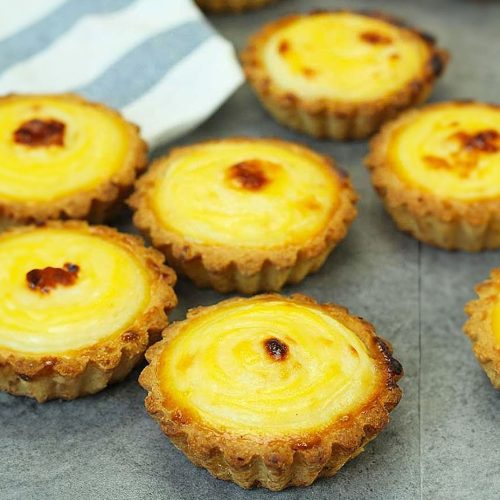
Cheese Tart Recipe
Equipment
- Food Processor
- Tart Pans
- Rolling Pin
- Mixing Bowls
- Round Cutter
Ingredients
For the Crust
- 1 1/4 cups all-purpose flour
- 1/4 teaspoon salt
- 1/2 cup unsalted butter, cold and cubed
- 1/4 cup ice water
For the Filling
- 8 oz cream cheese, softened
- 1/3 cup granulated sugar
- 1 large egg
- 1 teaspoon pure vanilla extract
For the Topping (Optional):
- Fresh fruit, fruit compote, or your favorite toppings
Instructions
For the Crust:
- Combine the flour and salt in a food processor.
- Pulse in the chilled, cubed butter until the mixture resembles coarse crumbs.
- Add the ice water gradually and pulse until the dough comes together.
- Place the dough on a lightly floured board and form it into a disc
- Wrap it in plastic wrap and place it in the refrigerator for at least 30 minutes.
For the Filling:
- In a mixing dish, smooth out the softened cream cheese.
- Beat in the granulated sugar until completely mixed.
- Add the egg and vanilla essence and whisk until the filling is smooth and creamy.
For Assembling and Baking:
- Preheat the oven to 350 degrees Fahrenheit (175 degrees Celsius).
- Roll out the chilled dough on a floured board and cut out tart shells with a circular cutter. Fill tart tins with the dough.
- Fill the tart shells about two-thirds full with the cream cheese filling.
- Bake the tarts for 20-25 minutes, or until the edges are gently brown and the filling has set, in a preheated oven.
- Allow the tarts to cool before adding your preferred toppings.
For Topping:
- After the tarts have cooled, top with your favorite toppings. Fresh fruit, fruit compote, or honey drizzle are all common toppings.
Conclusion
Finally, a voyage through the world of cheese tarts is a wonderful one, rich in history and the growth of flavors from diverse culinary traditions. While cream cheese is a frequent component in both cheese tarts and cheesecakes, they differ in texture and presentation. Cheese tarts provide a unique blend of sweet and savory alternatives, allowing for infinite culinary inventiveness.
While storing cheese tarts in the fridge is a convenient way to keep them fresh, it’s always preferable to consume them within a few days to ensure the best flavor and quality.
Cheese tarts have gained popularity and a place in the hearts and palates of people all around the world. Cheese tarts are a popular dish that crosses cultural barriers, whether they have European origins or Japanese modifications.
Cheese tarts have a flavor that is a harmonious combination of a buttery, flaky pastry crust, a creamy cheese-based interior, and a world of customisable toppings. Cheese tarts offer a symphony of flavors that cater to both comfort and sophistication, whether you want sweet versions with fresh fruit or the savory richness of herbs and spices.
Making cheese tarts at home is a satisfying undertaking, as we’ve seen, and the recipe supplied allows you to revel in the culinary creativity of creating these delectable pastries. With the right tools, you can make cheese tarts to rival those found in the best patisseries.
Cheese tarts, with their rich history, delicious aromas, and endless possibilities, are an invitation to a gastronomic adventure. So, get into your kitchen, let your culinary imagination run wild, and appreciate the blend of sweet and savory in every delightful mouthful of your homemade cheese tarts. Have fun with the culinary adventure!
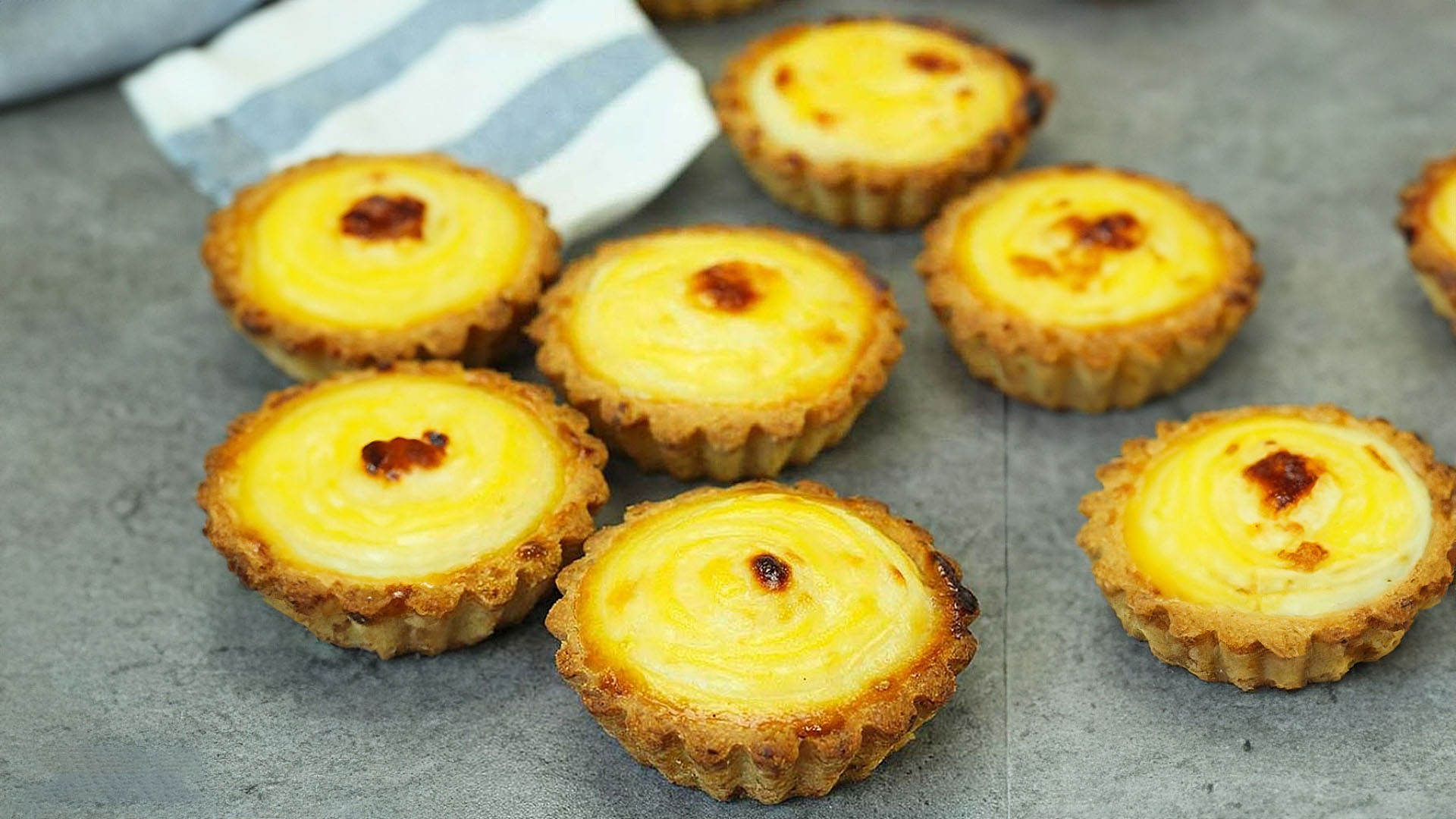

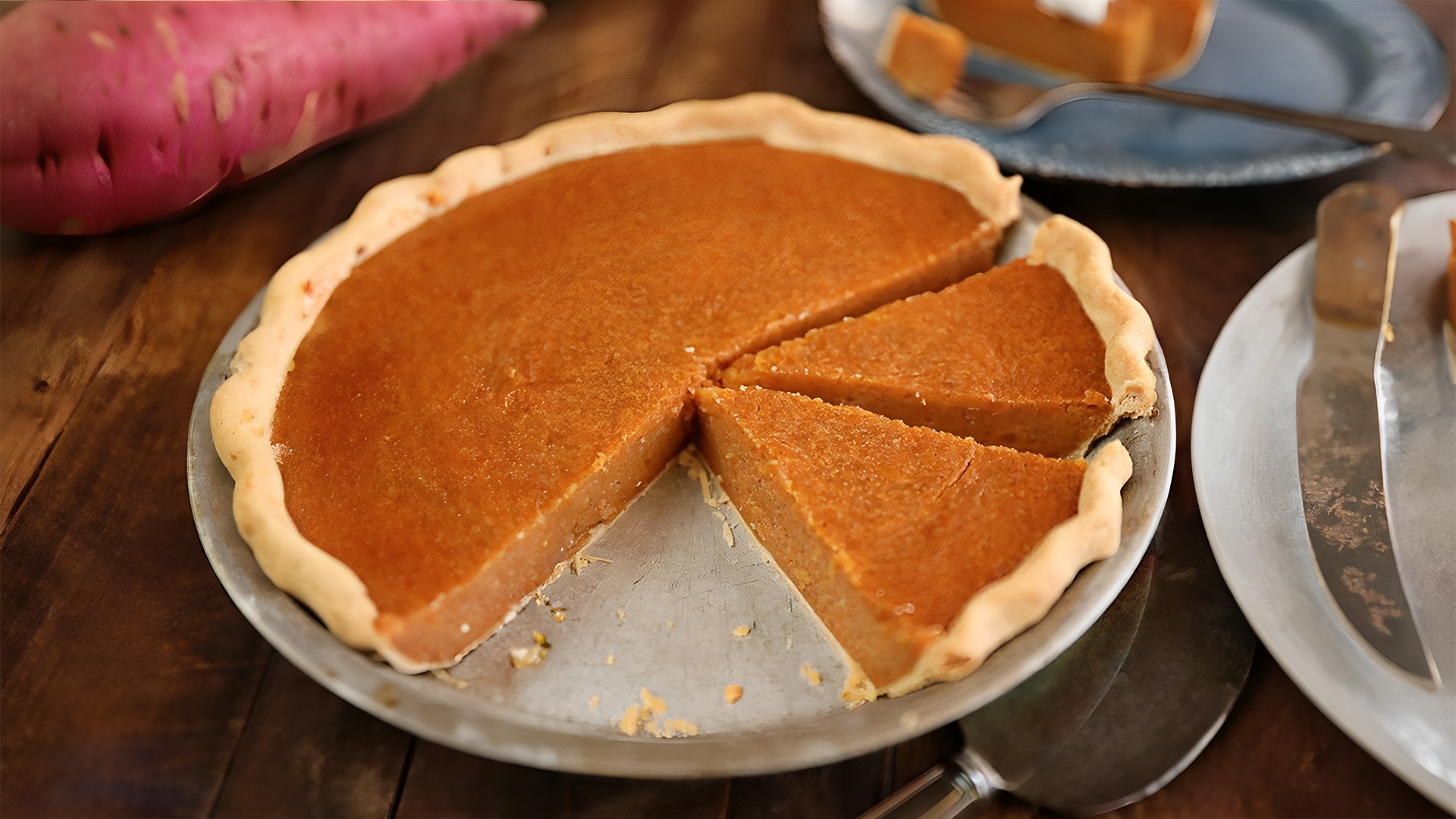
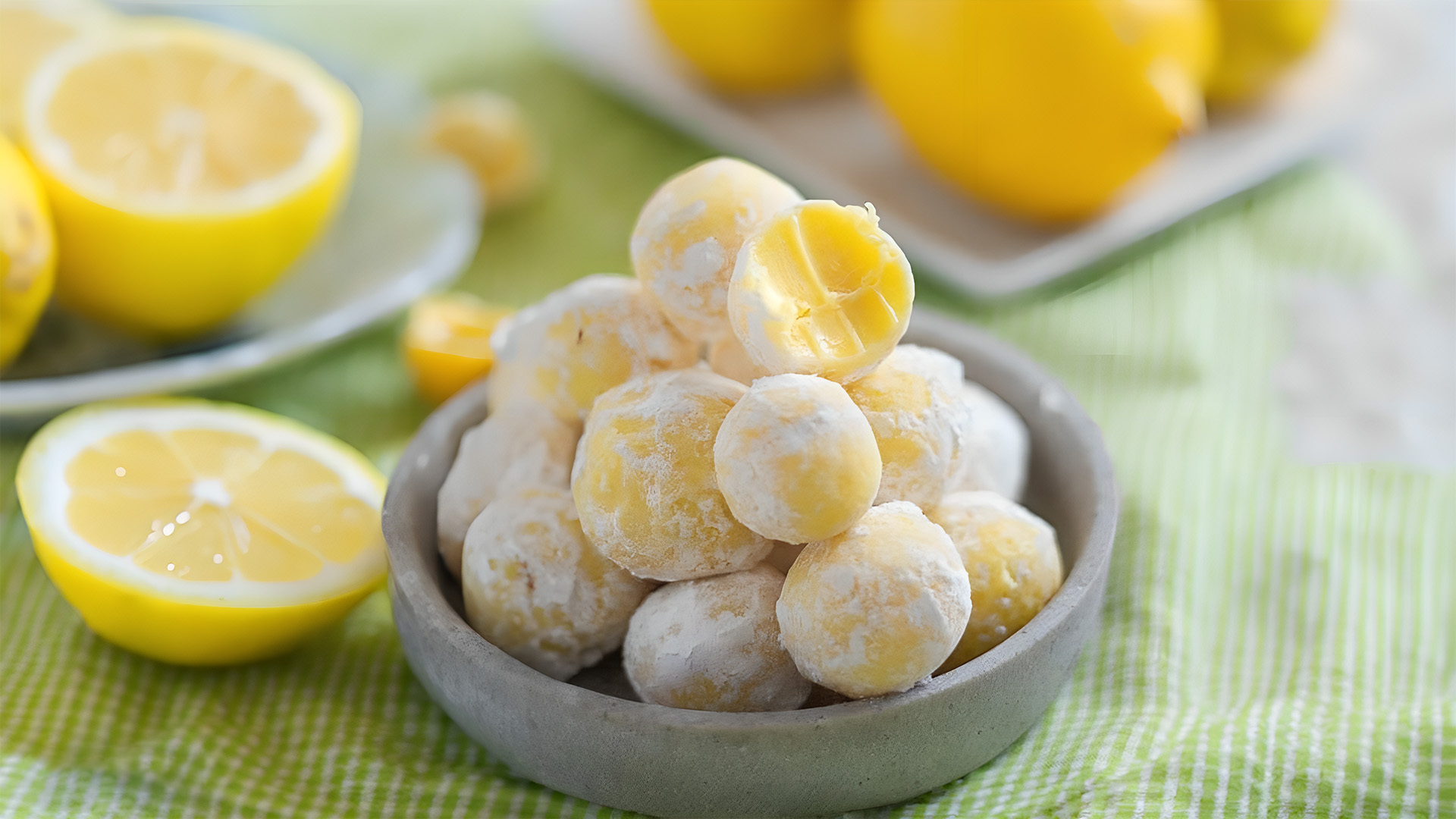
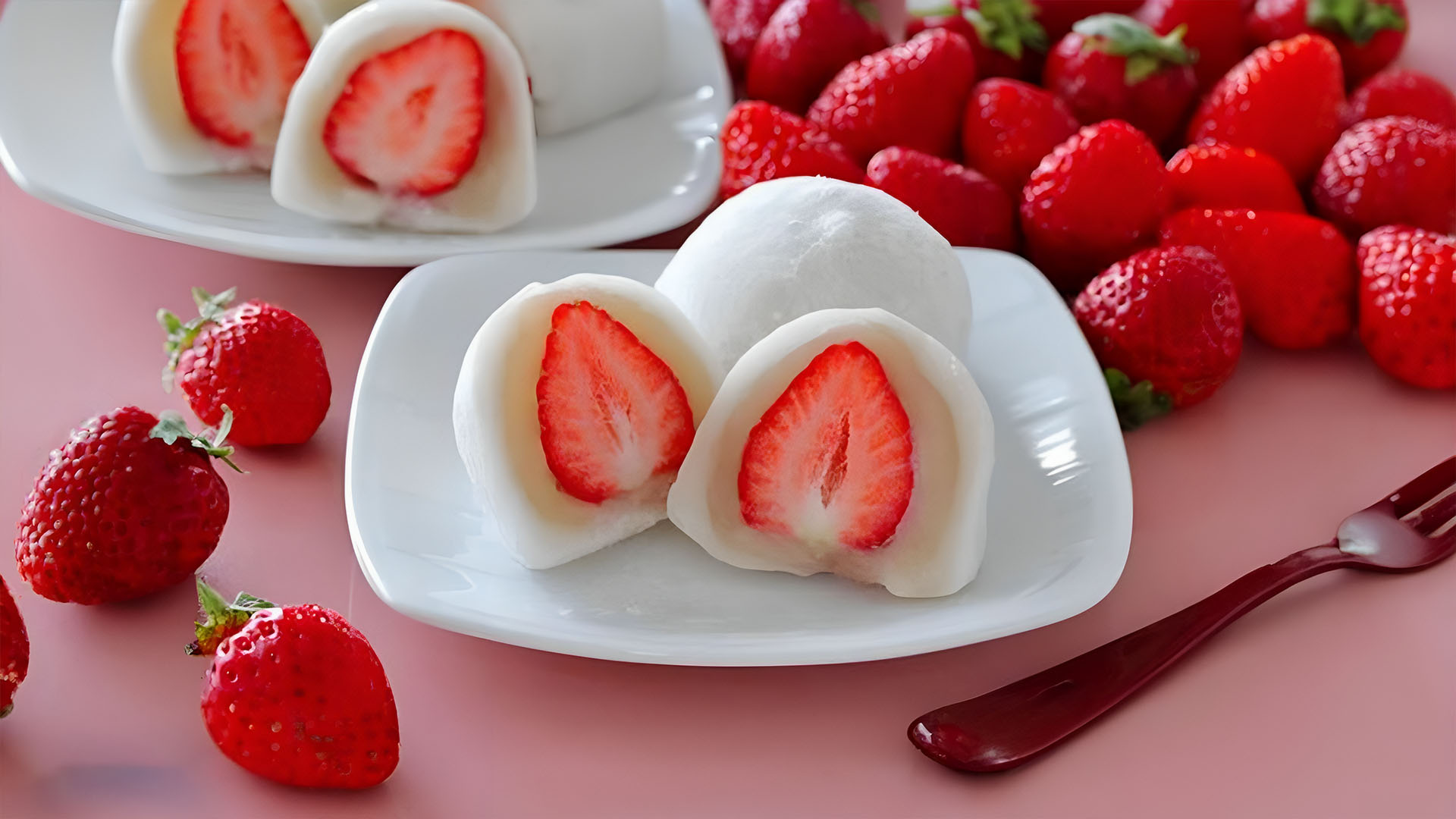


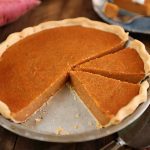



Leave a Reply